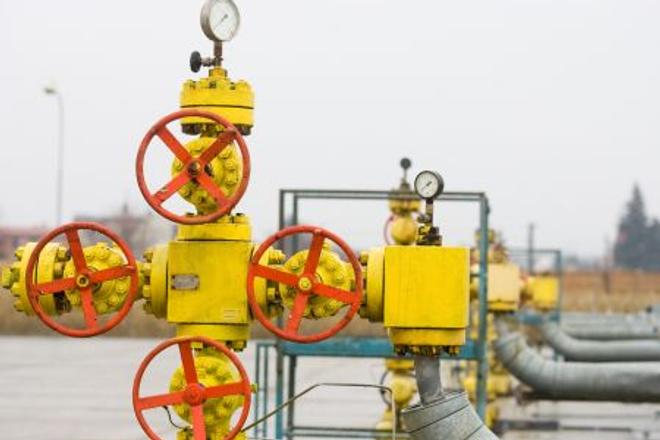Russia’s invasion of Ukraine has highlighted Slovakia’s dependency on Russian natural gas and the need to search for alternatives. These may not be just gas from other sources but also low-carbon gases, which would in turn accelerate decarbonisation.
“As any other crisis, this one offers new opportunities as well,” said Richard Kvasňovský, executive director at Slovak Gas and Oil Association (SPNZ). A portion of Russian gas can be replaced by biomethane and green hydrogen. The extraction of gas in Slovakia may intensify along with increasing energy efficiency and reducing industry’s energy intensity. “The cheapest energy is the kind that does not need to be generated.”
The Slovak Spectator spoke to Kvasňovský about the possibilities of reducing Slovakia’s dependency on Russian gas, the future of the gas transmission infrastructure in Slovakia as well as making the gas industry greener.
How did Slovakia become so highly dependent on Russian gas?
This history goes back to the post-WWII era. Until then, natural gas was used much less, as a component for the production of illuminating gas. In the 1950s, the usage of illuminating gas gradually ceased and natural gas started being used more widely. Following the warming of international relations in the second half of the 1960s, an agreement was clinched to build a pipeline to bring natural gas directly from the Soviet Union to central, eastern and western Europe. The Brotherhood pipeline, transporting gas in a westward direction, was then completed in 1972.
For Slovakia, this was the only possibility of obtaining natural gas at that time, so it became part of the network, and the country built distribution pipelines to deliver the gas to final consumers across the country. Today, 95 percent of the Slovak population has access to gas while the distribution network covers almost 80 percent of the country’s territory. In the meantime, natural gas deposits in western Slovakia were mostly depleted and the production of natural gas in Slovakia, which actually has never been significant, was reduced.
The situation changed after the gas crisis in early 2009, when Russia halted gas flow through Ukraine due to a pricing dispute.
What impact did this crisis have on Slovakia?


 The annual capacity of the Brotherhood natural gas pipeline is about 90 billion m3. (source: SME)
The annual capacity of the Brotherhood natural gas pipeline is about 90 billion m3. (source: SME)